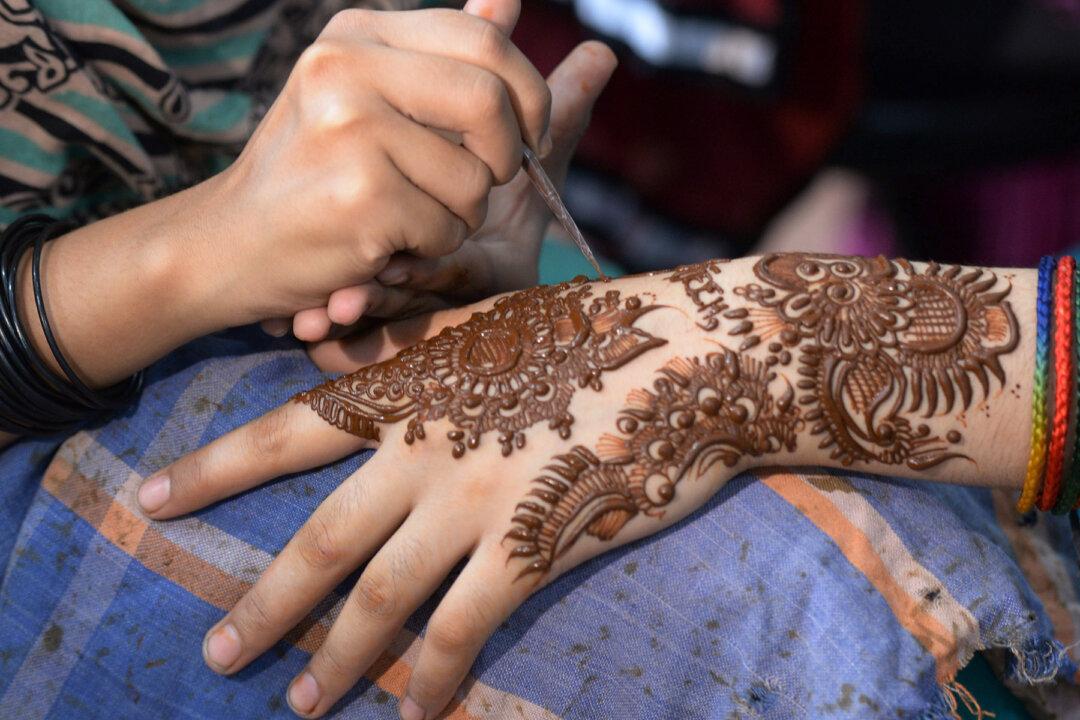From the archives: This story was last updated in May 2019.
(WARNING: THIS ARTICLE CONTAINS GRAPHIC CONTENT)Temporary black henna tattoos containing paraphenylenediamine (PPD) are a health hazard and can cause permanent scarring experts warn after a then-7-year-old suffered severe chemical burns.





